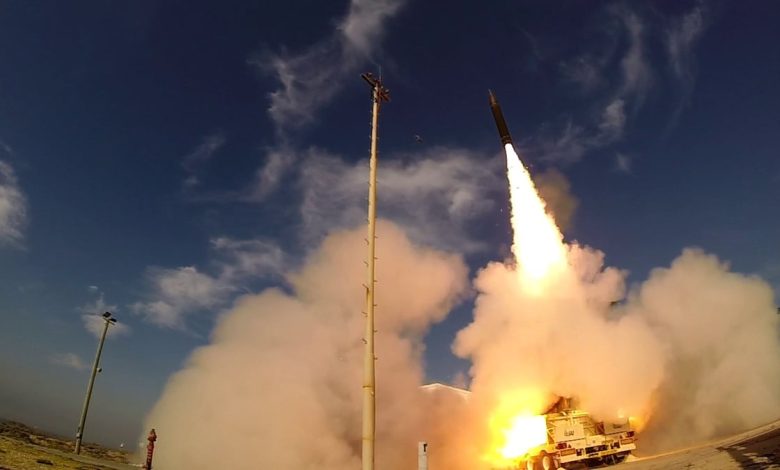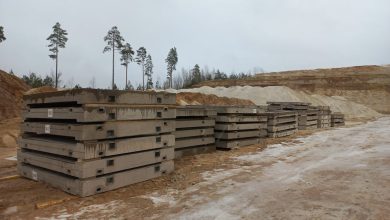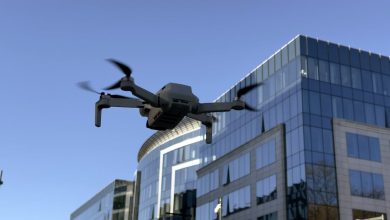Israel’s IAI shoots for land-based, space-based Golden Dome business

WASHINGTON — Executives at Israel Aerospace Industries are awaiting news on the U.S. Golden Dome missile shield architecture, hoping that defense leaders here will consider the company’s Arrow interceptor technology for two layers of the project, according to IAI chief executive Boaz Levy.
The hopes extend beyond the land-based capabilities of the currently fielded Arrow-3, which could be employed roughly as-is, Levy told Defense News in an interview at the Association of the United States Army annual conference in Washington earlier this month.
With some “adaptation,” the Israeli system could also be made to meet the requirements of a series of so-called kill vehicles orbiting Earth in space, ready to pounce on ballistic missiles during the boost phase of their flight, Levy said.
The Arrow-3 system is a co-development between Israel and the United States. Israeli officials have pointed to intercepts of Houthi and Iranian ballistic missiles as proof that the system works to adequately defend a territory the size of Israel.
The Trump administration’s Golden Dome idea is a different beast altogether, however. Pegged a $175 billion dollars and to be completed within three years, President Donald Trump has portrayed it as an impenetrable umbrella that would reliably protect the entirety of the United States against intercontinental missiles from anyone, including nuclear-armed rivals Russia and China.
Critics have said the project is doomed to fail under the prescribed budget and timing objectives. In particular, a major engineering and funding challenge lies in fielding a sufficient amount of space-based interceptors capable of catching enemy missiles on their way up, according to a report in The Washington Post.
Levy acknowledged that many questions remain on that front. “It still needs to be done for the first time,” he said.
“Technically, it’s feasible, but it will take more time,” Levy said, compared to the more familiar task of integrating land-base interceptors that hit incoming missiles during their flight path through space.
The company is preparing upgrades to the Arrow-3 system, and iterations 4 and 5 later on, that would make the system smarter in discerning which objects actually pose threats during that crucial engagement sequence.
As missiles fired in salvos of hundreds break up in space and release their warhead payloads, there could be thousands of objects floating around at the same time, according to Levy. Object recognition algorithms fused with artificial intelligence will get better over time in discerning between warheads that must be engaged, and missile parts that could be allowed to land on Earth far away from populated areas, he said.
Sebastian Sprenger is associate editor for Europe at Defense News, reporting on the state of the defense market in the region, and on U.S.-Europe cooperation and multi-national investments in defense and global security. Previously he served as managing editor for Defense News. He is based in Cologne, Germany.







